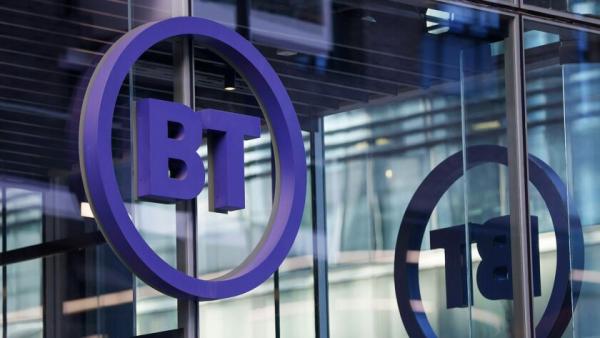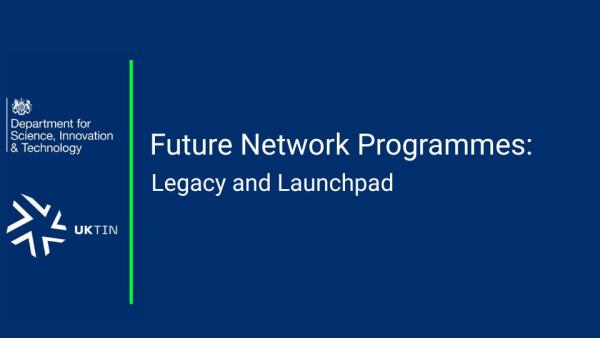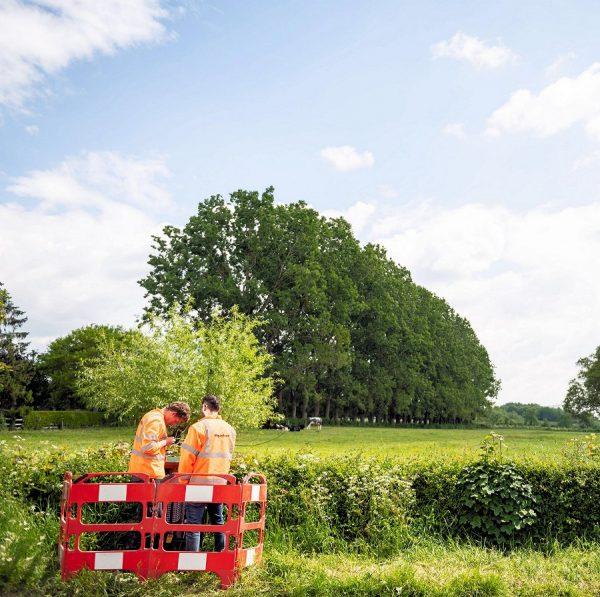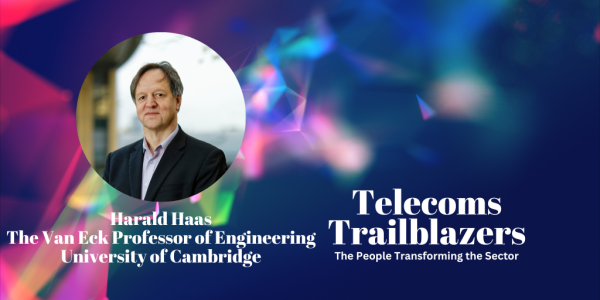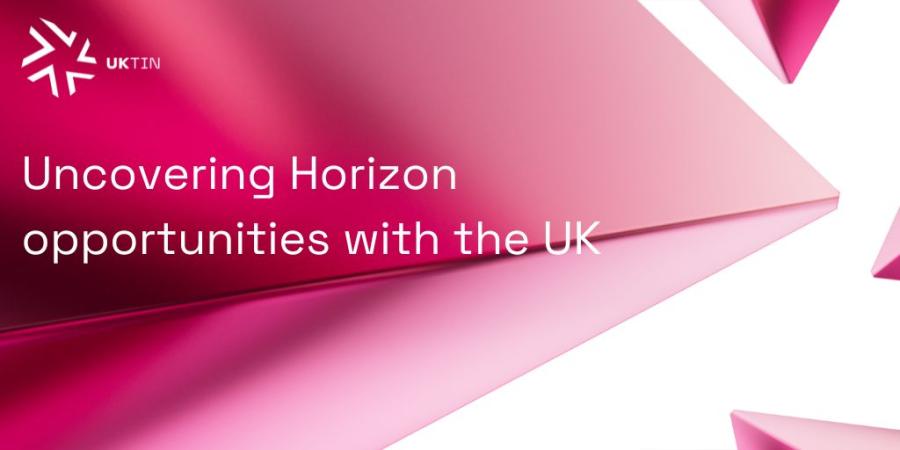
UKTIN’s latest webinar, held on June 17th, explored the current Horizon collaborative opportunities in the UK for advanced communications.
The event shared the UK’s latest capabilities, including how UK and EU colleagues can benefit from offerings such as JOINER, the Federated Telecoms Hubs, the UKTIN AI Discovery Tool and more.
Delegates also had the opportunity to hear pitches directly from key UK organisations hoping to participate in Horizon projects.
Introducing Horizon Europe
Horizon Europe offers significant funding and opportunities for the telecoms sector in areas such as 6G, AI integration, and digital infrastructure. A key funding programme for research and innovation, the initiative has a funding amount of €95.5 billion for the period 2021-20, with €53.8 billion dedicated specifically to digital, industry and space.
The programme facilitates collaboration and strengthens the impact of research and innovation in developing, supporting and implementing EU policies while tackling global challenges.
Dr. Alexandros Kaloxylos, Executive Director, 6G SNS Industry Association, said: “What is on the table? The structure includes a strand specifically for wireless communications with €21 million available and a budget of €8 million for NTN and optical. We also have a subsection of topics, including a budget for five architecture-based projects, such as deep learning and real-time server computing. The plan is to invest in unfamiliar areas. We want use cases and technologies that sound promising but are in their early stages.”
Craig Sharpe, Horizon Europe UK National Contact Point for Digital, Innovate UK, commented: “Our target is to engage key stakeholders. We want the projects to be national examples that showcase the potential of 6G, and what we are doing to optimise it.”
Finding your next consortium partner
Consider your goal and select collaborators who can help you achieve it. Here is a list of experienced potential partners:
- UKTIN AI Discovery Tool
- Real Wireless
- Parallel Wireless
- Nokia Bell Labs
- VIAVI 6G
- 6G Lab, The University of Essex
- School of Engineering, The University of Glasgow
Recommended testing environments
DSIT has invested £100 million in the UK Wireless Infrastructure Strategy, specifically for future telecoms research and development. The funding has enabled countrywide Future Communication Hubs, including:
- JOINER: The national-scale experimentation platform aims to support future networks research, collaboration and experimentation at scale. Key attributes include: a large-scale host for Future Network Experimentation; collaborative by design; heterogeneous platform; led by world-class research labs; enabler of system-level research addressing end-to-end challenges
- The National Dark Fibre Facility: The NDFF provides a software-defined 1,300km optical long-haul network, linked metro networks, and connections to other national and international networks. The facility has physical layer access through points at five universities, national labs and major internet exchanges
- SONIC LABS: A joint programme between Digital Catapult and Ofcom to accelerate the introduction of open network products, starting with Open RAN. The key objective is to enable and encourage innovative vendors to participate in the UK telecoms ecosystem, facilitating a more rapid path towards deployment in the UK. It provides a commercially neutral collaborative environment for testing interoperability and integration, and carries out a programme of engagement with the telecoms ecosystem, including innovative vendors and products, as well as potential adopters.
- UKTL: The UK Government’s flagship telecoms lab is focused on telecoms security, resilience, and vendor diversification. The lab is the UK’s independent carrier-scale test environment, covering all access and core vectors – wireless, cellular, fixed, and future emergent ones. It supports the telecoms critical national infrastructure, carrying out deeper security testing of products, devices and systems than is generally done by the industry.
More information about funding opportunities
Cluster Four, Digital: What does it cover?
- AI, Data and Computing
- Robotics
- Photonics and Electronics
- Smart Networks and Connectivity
- Quantum
- Graphene/ 2D materials
- Digital EconomY, Standards, NGI, XR, Human Factors, Industry 5.0
- 6G Smart Networks and Services
- Chips JU - Electronic Systems, Components, Semiconductors
- 3C Networks
- Generative AI
(Wireless opportunities are available across other Pillar Two Cluster work programmes.)
For collaborative R&D, entries must be a consortium of a minimum of three independent legal entities, each established in a different EU Member State (MS) or associated countries, with at least one MS established. Usually, it is a mix of companies, universities, and research and technology organisations.
The award criteria are as follows: excellence, impact, and quality and efficiency of implementation.
The main types of action are as follows: Research and Innovation Actions (up to 100 per cent funding rate or 90 per cent for companies in SNS JU calls); Innovation Actions (up to 70 per cent funding rate, expect non-profit where 100% applies) and Coordination and Support Actions (up to 100 per cent funding rate).
Sharpe concluded: “Please reach out to me with any questions. We are here to provide advice, answer questions and help you realise where your idea might fit. We will also let you know what might be coming too; however, we don’t write bids.”



